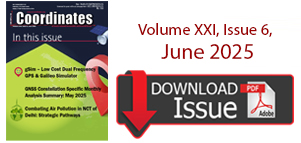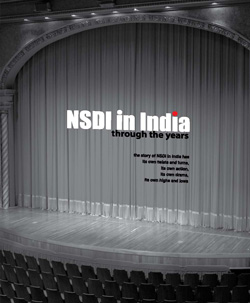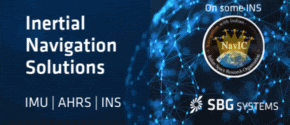A drone capturing images of the 11th century Lingaraj Temple drew attention of servitors of the shrine and led to suspicion over motive behind the photography.
Two computers sat side-by-side at a recent demonstration showing the mapping available to Kane County Emergency Communications (KaneComm) dispatchers before…
The European GNSS Agency (GSA) has announced on October 27, 2015 the evaluation results of its second Horizon 2020 call for Galileo applications…
The decision by India’s National Disaster Response Force to use drones to help Nepal map the scale of devastation caused by last month’s earthquake indicates how India has enthusiastically taken to these pilot-less aircraft — the so-called eyes in the sky.
Scientists at the Woods Hole Research Center(WHRC) in Massachusetts, USA have developed vegetation height maps for the entire tropics at very fine spatial scales. These first-of itskind high resolution maps can help researchers estimate forest cover, monitor biodiversity and wildlife habitats, and manage and monitor timber.














 (5.00 out of 5)
(5.00 out of 5)